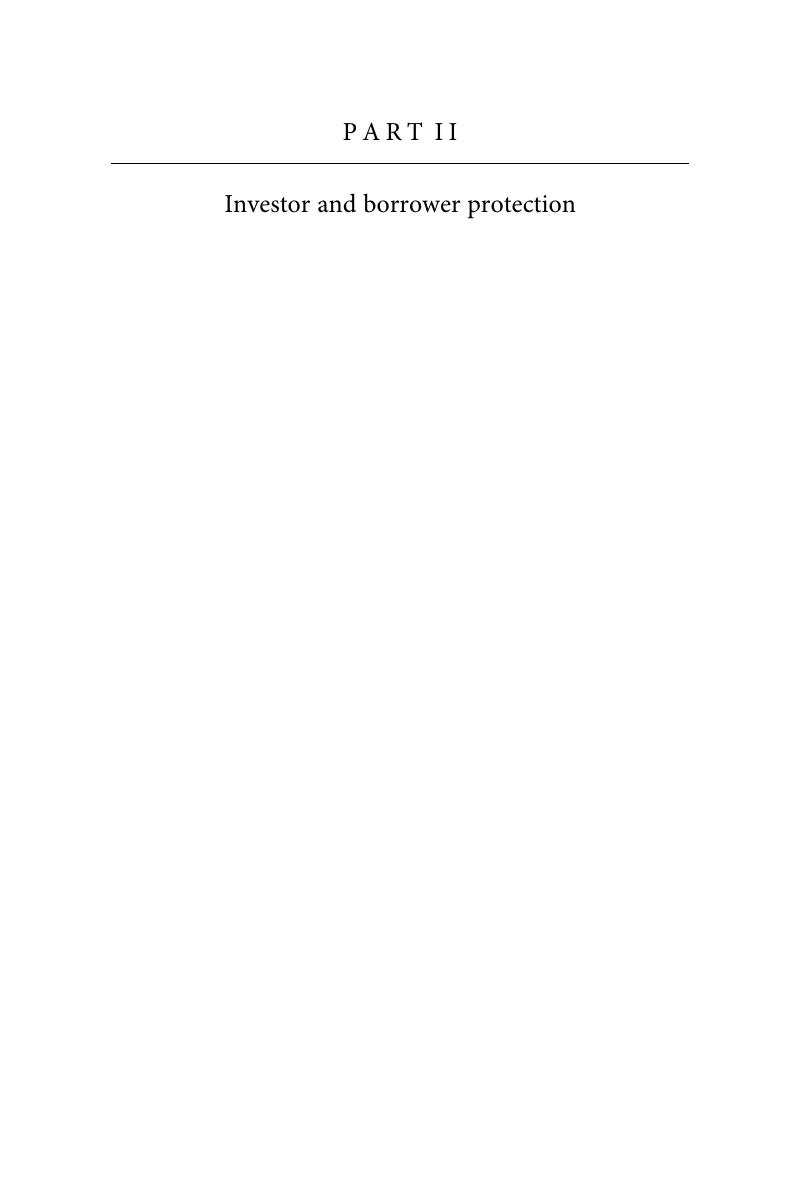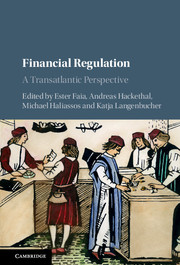Book contents
Part II - Investor and borrower protection
Published online by Cambridge University Press: 05 August 2015
Summary

- Type
- Chapter
- Information
- Financial RegulationA Transatlantic Perspective, pp. 193 - 335Publisher: Cambridge University PressPrint publication year: 2015



